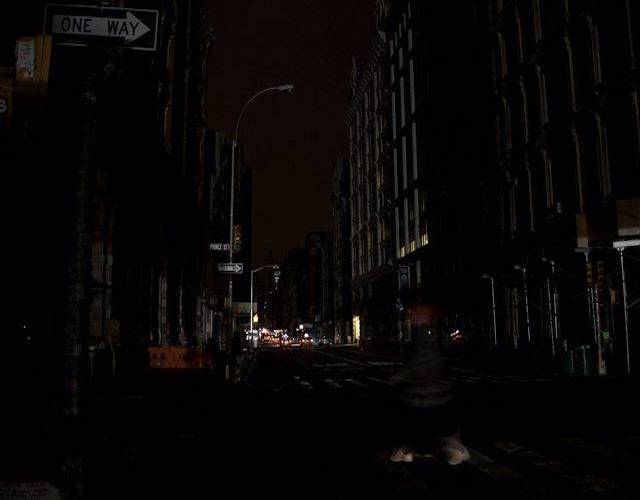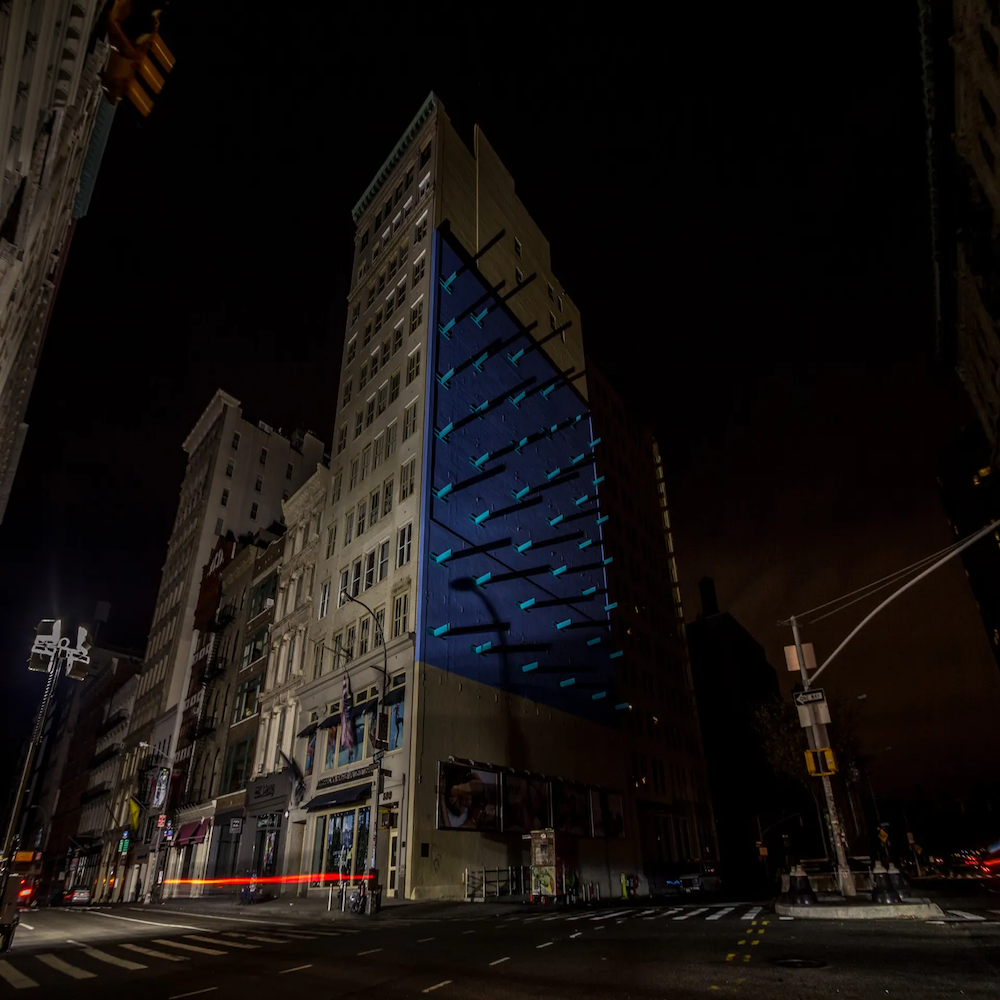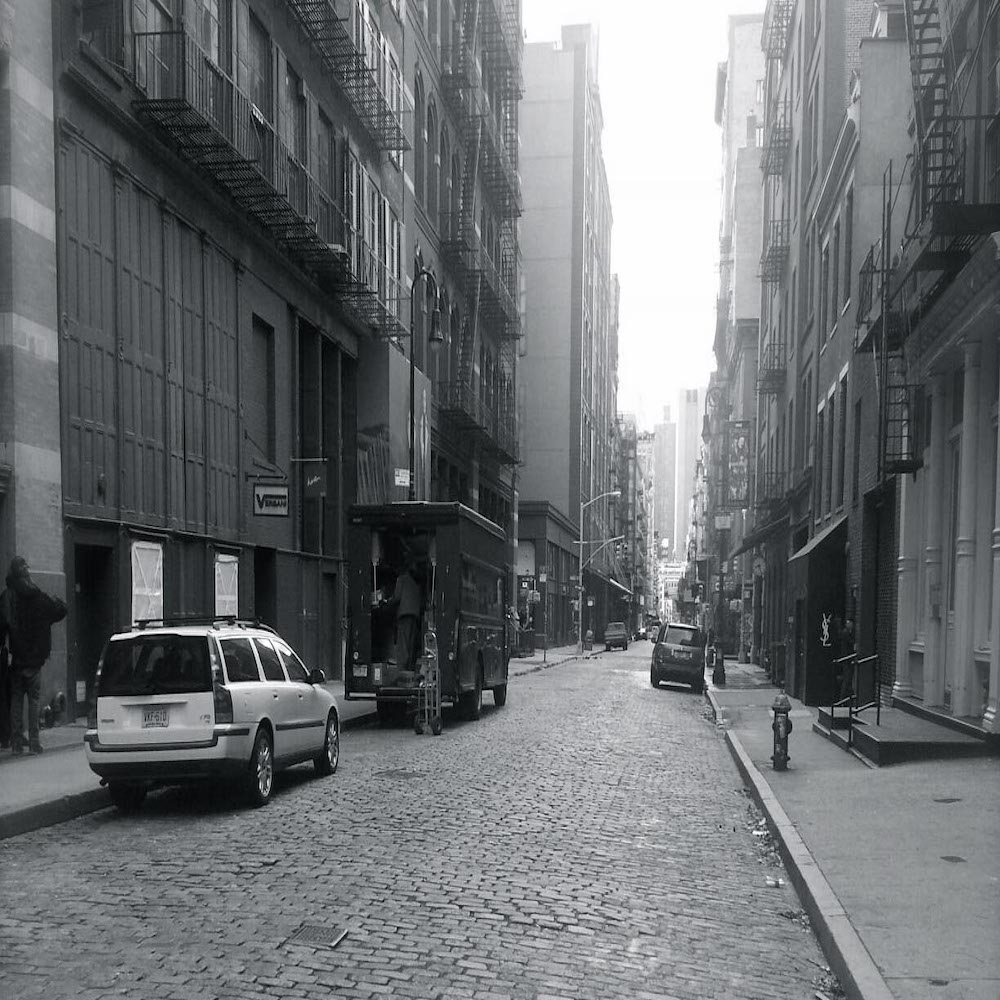This fall marks the 10th anniversary of Superstorm Sandy, one of the most destructive natural disasters in New York City history. The storm’s devastating impacts disproportionately hit communities in the outer boroughs, particularly the Rockaway Peninsula, Coney Island, Red Hook and Staten Island. 44 people lost their lives. Hundreds of people lost their homes. Across Lower Manhattan, thousands of people lost power for several days. Superstorm Sandy resulted in $19 billion in damages and lost economic activity. Nearly 70,000 residential units were damaged, displacing thousands of City residents. Here at the SoHo Broadway Initiative, we are looking back at how Superstorm Sandy impacted the neighborhood, and how some of its residents remember their experiences during this very difficult time for all New Yorkers.
Lower Manhattan, including SoHo, lost power for several days after a ConEd substation on East 13th street flooded and caused a huge explosion. Yukie Ohta, founder of the SoHo Memory Project, wrote about her experience living in SoHo during the blackout. On November 3, 2012, Yukie wrote, “No telephone, no heat, no electricity. Reminds me of the old SoHo days, actually. We’ve been trudging up and down the stairs, walking what seems like miles to get groceries, and schlepping everything in the dark. No streetlights, no cars, not a soul around. This used to be a typical evening on Mercer Street, but I’m certainly not used to it anymore.”
Looking at photos from the dark and empty streets of Broadway or Mercer ten years ago, one is not easily reminded of the bustling SoHo neighborhood experienced on a typical day. Superstorm Sandy, like the Covid-19 pandemic, brought change and uncertainty to the neighborhood. Some life-long businesses in the SoHo area permanently closed after racking up costs in damages due to the storm. For instance, Boom, a popular restaurant on Spring Street, closed its doors after 20 years of doing business in the SoHo neighborhood. A former partner of the restaurant explained that there was more than $100,000 worth of damages to the basement kitchen and had no other choice but to close.
10 years after Superstorm Sandy, New York City is taking action to become more climate resilient. In 2019, the City invested approximately $500 million dollars toward climate resiliency projects in Lower Manhattan. The strategy, as outlined in the Lower Manhattan Climate Resilience Study, includes infrastructure projects in Battery Park City, the Financial District, Seaport, and Two Bridges to protect against flooding from rising sea levels and coastal storm surges.
Lower Manhattan has proven itself, time and time again, to be resilient against insurmountable challenges and disruptions. From rebuilding after 9/11, to reopening after the Covid-19 pandemic, its ability to respond to the darkest moments with action is at the heart of this community.



Mercer Street – Yukie Ohta
Header photo: Iwan Baan